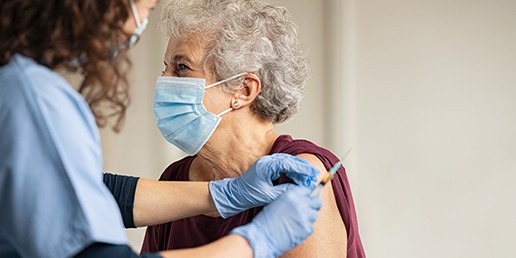Adult Health
Overview Adult Health
A SUMMARY
urgent and general support
This includes
- Emergencies covering some of the more common medical emergencies faced by adults which may require attendance at A&E.
- First Aid knowledge of which can save lives
- Accidents and injuries covering what to do and where to go for support with many common injuries.
- Support and safeguarding covering broad support for adults across the local system
common conditions
This includes common presentations to GP practices
The information can help you with self-care, pharmacy support and knowing when you should attend your GP or if very serious A&E.
Supporting patients with long term conditions is an important part of Practice work and includes
- Long-term conditions
- long term conditions support including mental health support for long term conditions
Other important conditions not already covered are included under
Women’s and men’s health
This includes
pregnancy
This covers all aspects of pregnancy
Cancer
This covers general support for cancer with some information on specific cancers
understanding and treating adult health
Health support includes
POPULAR LINKS
Some of the more commonly accessed pages for this section include:
UNDERSTANDING A TYPICAL PAGE LAYOUT
Some links on this page have been colour coded to make it easier to find the information you need:
DIVIDING INFORMATION INTO different colours (CATEGORIES)
Every GP will have been trained to try and pitch any information they give patients at the level the patient wants. The difficulty even for the same person is there can be times when you just want a simple overview of a condition, other times you may want more detailed information (but still designed for patients) and occasionally you may want to know why a clinician (such as a GP) is advising an option to support you and what is the actual evidence for such an option (clinical level information written for clinicians).
The difficulty for websites such as NHS choices, Patient info and NICE (which all have excellent information) is that their articles have to be written with one type of audience in mind and have a consistent style. As a signposting site we can get around this and combine their different styles allowing you to choose the level of information you want.
We have colour coded information and you will see a key at the top of each page where this is relevant to the page, dividing information into 3 categories:
- Quick read
- In depth
- Clinical level
QUICK READ
This information is usually from sources such as NHS choices, and national charities which support a specific condition, age group or other important group (e.g., veterans). The articles are usually short (usually taking less than 1 minute to read) and the language is patient orientated.
IN DEPTH
This information is usually from sources such as Patient info, Gov UK and sometimes from national charities and from NICE (National Institute of Clinical Excellence). This information is patient orientated but is much more detailed (often taking more than 2 minutes to read any article).
CLINICAL LEVEL
This information is usually from sources such as NICE (National Institute of Clinical Excellence) but also there are some articles from Patient info and Gov.UK. This information is intended for clinicians in GP practices and hospitals. It is included because some patients find it beneficial to have much more clinically orientated information, so they can understand the medical evidence for a clinician suggesting a specific option.
FREQUENTLY ASKED QUESTIONs
An average GP will see 1000s of patients every year. There are some questions which get asked by patients more often and the frequently asked question section on many of the website pages tries to capture some of those more commonly asked questions.
WHAT IS A SELF-REFERRAL?
As patient info suggest, these are normally free “services you can access without needing an appointment with your GP”. These services include NHS services but also importantly services from your local council and some charities.
From Patient info
Self-referral Self-referral | Patient
The reason self-referral services are so important is that many of them are excellent and are actually where your GP will direct to you if you were to see your GP. However, you can go directly to these services without seeing your GP.
LOCAL SUPPORT
Local support has been put at the top of each page (if available). Unfortunately, though many excellent local services are available, at present they are often invisible to the general public as it can be difficult to pick them out with the sheer volume of information available and also though sites such as NHS choices, patient info and NICE (National Institute of Clinical Excellence) are very good they are not equipped to give detailed information on local services.
NATIONAL SUPPORT
Information on national support (if available) appears after information on local support on this website. This includes many telephone helplines, some chat and email communication often from national charities which offer an excellent service. This information is available to varying degrees on NHS choices, Patient info and NICE though it tends to be at the end of articles or buried within an article. As a signposting site we are able to give this information greater prominence as we believe these helplines can provide significant support for patients.




